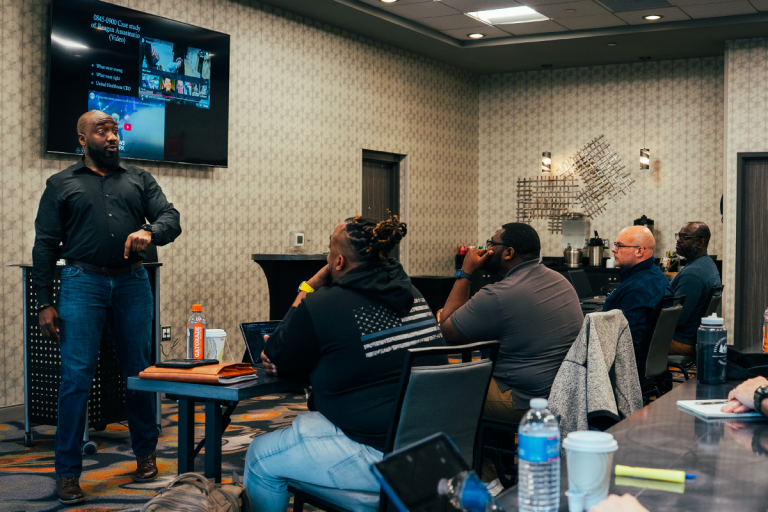
The Watch Blog

Turn insider threat intelligence into action with protective intelligence, aligned teams, and insider threat management that strengthens organizational security

Build a holistic insider threat program that unites intelligence, culture, and security to detect risks early and protect your organization from within.

Understanding the human side of insider threats—how behavior, psychology and culture drive risk and what really works to protect your organization.

Learn how social media can be used to identify warning signs, strengthen threat assessment, and prevent violence through early, evidence-based intervention in school security programs.

Ransomware attacks, building system vulnerabilities, and high-profile security incidents show a growing intersection between cyber and physical threats in hotels and event venues. Learn how to be prepared to prevent these security risks.

Center of Gravity (COG) analysis helps multinational corporations with global supply chains identify their most critical capabilities and hidden vulnerabilities. Learn how this methodology transforms enterprise risk management in today’s volatile geopolitical environment.

Most executive protection plans fail not in execution, but in planning. Learn the six most common planning failures and how to apply proven military frameworks to build adaptive, mission-ready protection teams.

Discover the U.S. Army’s Troop Leading Procedures (TLPs) that provide a structured framework for mission planning that can inform executive protection operations and enhance team performance in high-stakes environments.

Choosing the right private security partner is critical. Before making costly contractual mistakes, here are top 10 essential questions that help to evaluate security providers for compliance, reliability, and operational excellence.

As the “September Surge” drives a 25% hiring spike, many organizations overlook critical security risks. Learn how to integrate workplace violence mitigation practices in hiring to prevent safety issues during recruitment periods.